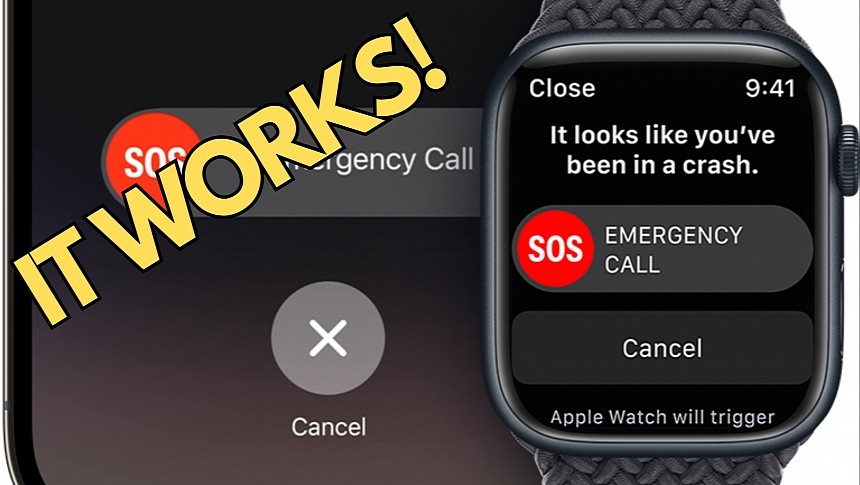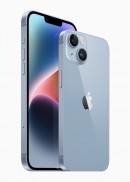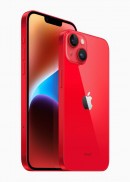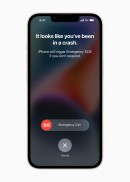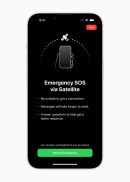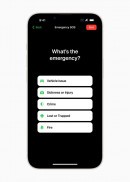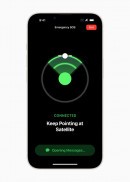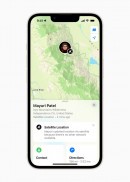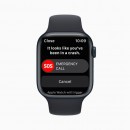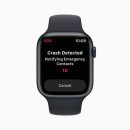Apple's latest-generation devices, including the iPhone and the Apple Watch, come with Crash Detection, a feature that could literally save people's lives and which serves as great marketing material for the tech giant.
Every time the Crash Detection works correctly, the media is making a big deal out of it, despite authorities complaining occasionally that they often receive false alarms.
However, when Crash Detection correctly determines someone was involved in a crash, its engine can work miracles, providing the first responders with critical data to save people who might require urgent help.
It happened recently in Lake Pleasant, Arizona, where an Apple Watch sent a text to the local emergency teams after the owner suffered a rollover accident. The smartwatch correctly detected the crash and alerted the dispatchers, providing them with the location of the accident.
The first teams rushed to the scene, using the Apple Watch coordinates as an indication of the location of the crash. They found the vehicle crashed on Castle Hot Springs Road, northwest of Lake Pleasant, but they couldn't find the driver.
The deputies believed the man had left the vehicle on foot, possibly seeking help. They started a massive search operation, with 20 volunteers and a helicopter looking for the man they believed might be hurt. It turns out he wasn't, as they found him several hours later with only minor injuries. The driver refused medical treatment and was taken home by family.
Crash Detection, available on iPhone 14 and later and Apple Watch Series 8 and later, can detect various accidents, including front-impact, side-impact, and rear-end collisions and rollovers. Apple specifically mentions car crashes, but the devices can also detect other severe crashes, including on motorcycles and bikes. The feature uses integrated sensors, including the gyroscope and the accelerometer, to determine a potential accident, displaying an alert on the screen to tell the owner it's about to dial 911.
If the owner does not react, the iPhone or the Apple Watch assumes they're injured, so they automatically initiate a call to emergency teams and a pre-defined emergency contact. The call includes critical information about the crash, such as its location, as well as your medical information if you previously configured the Medical ID in the Apple Health app on the iPhone.
Because the feature uses device sensor data, it sometimes dials 911 for no reason, leading to a flood of false calls. For example, the first responders claim they've been alerted of vehicle crashes when the iPhone owners were riding rollercoasters or dancing at a concert, as the smartphone or the Apple Watch determined the sudden moves of the body or the hand as a potential accident. Apple promised to refine the system, but so far, the false alerts remain a big shortcoming.
However, when Crash Detection correctly determines someone was involved in a crash, its engine can work miracles, providing the first responders with critical data to save people who might require urgent help.
It happened recently in Lake Pleasant, Arizona, where an Apple Watch sent a text to the local emergency teams after the owner suffered a rollover accident. The smartwatch correctly detected the crash and alerted the dispatchers, providing them with the location of the accident.
The first teams rushed to the scene, using the Apple Watch coordinates as an indication of the location of the crash. They found the vehicle crashed on Castle Hot Springs Road, northwest of Lake Pleasant, but they couldn't find the driver.
The deputies believed the man had left the vehicle on foot, possibly seeking help. They started a massive search operation, with 20 volunteers and a helicopter looking for the man they believed might be hurt. It turns out he wasn't, as they found him several hours later with only minor injuries. The driver refused medical treatment and was taken home by family.
Crash Detection, available on iPhone 14 and later and Apple Watch Series 8 and later, can detect various accidents, including front-impact, side-impact, and rear-end collisions and rollovers. Apple specifically mentions car crashes, but the devices can also detect other severe crashes, including on motorcycles and bikes. The feature uses integrated sensors, including the gyroscope and the accelerometer, to determine a potential accident, displaying an alert on the screen to tell the owner it's about to dial 911.
If the owner does not react, the iPhone or the Apple Watch assumes they're injured, so they automatically initiate a call to emergency teams and a pre-defined emergency contact. The call includes critical information about the crash, such as its location, as well as your medical information if you previously configured the Medical ID in the Apple Health app on the iPhone.
Because the feature uses device sensor data, it sometimes dials 911 for no reason, leading to a flood of false calls. For example, the first responders claim they've been alerted of vehicle crashes when the iPhone owners were riding rollercoasters or dancing at a concert, as the smartphone or the Apple Watch determined the sudden moves of the body or the hand as a potential accident. Apple promised to refine the system, but so far, the false alerts remain a big shortcoming.
